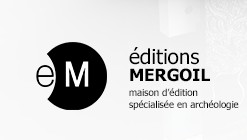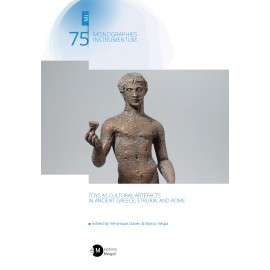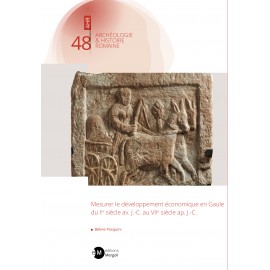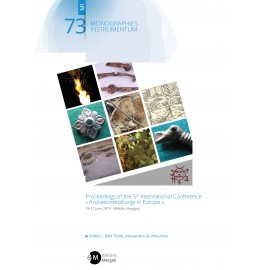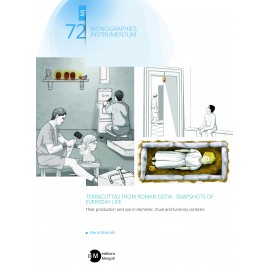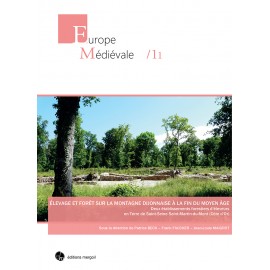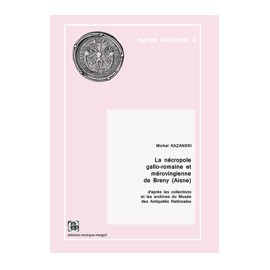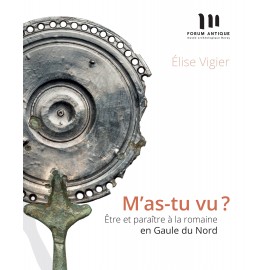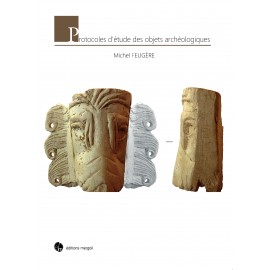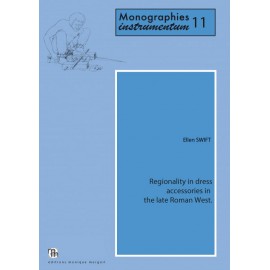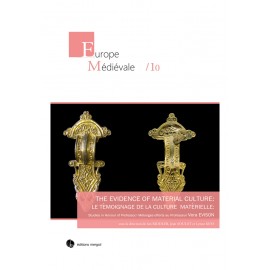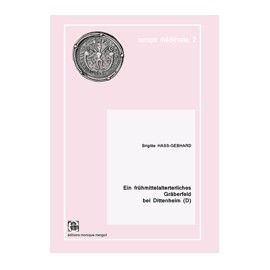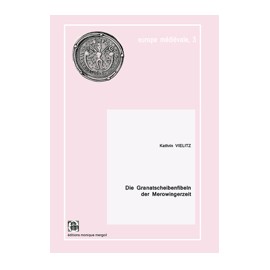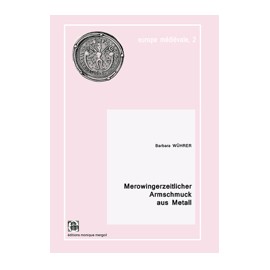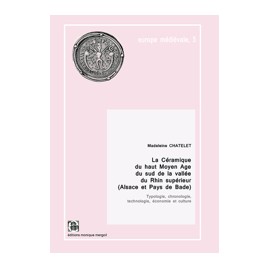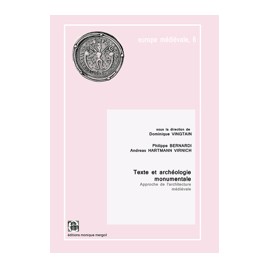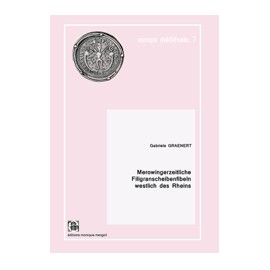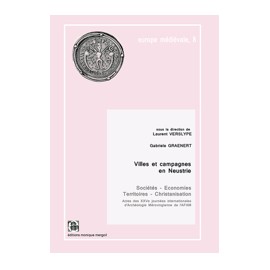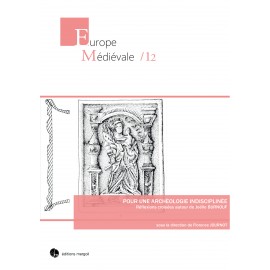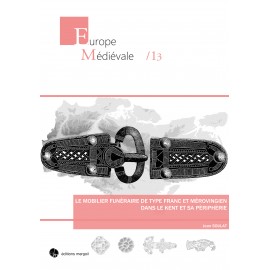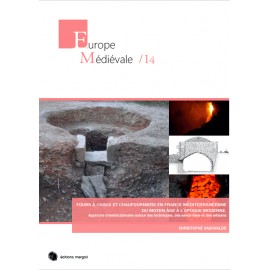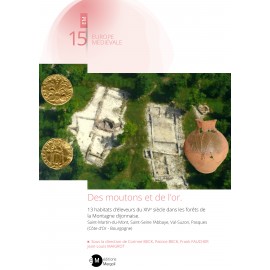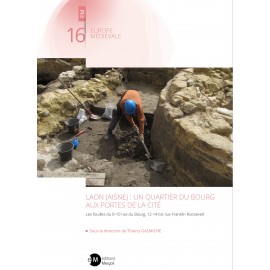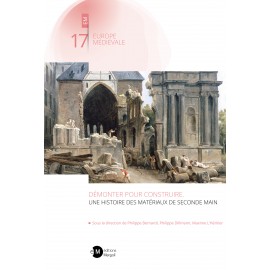No products
Prices are tax included
Product successfully added to your shopping cart
There are 0 items in your cart. There is 1 item in your cart.
Europe Médiévale
- Archéologie et Histoire Romaine
- Archéologie Moderne et Contemporaine
- Archéologie des Plantes et des Animaux
- Archéologie du Paysage
- Archives & Histoire de l'Archéologie
- Europe Médiévale
- Monographies Instrumentum
- Préhistoires
- Protohistoire européenne
- Research Protocols
- Off collections
- Les cahiers de saint-michel de Cuxa
- Second-hand
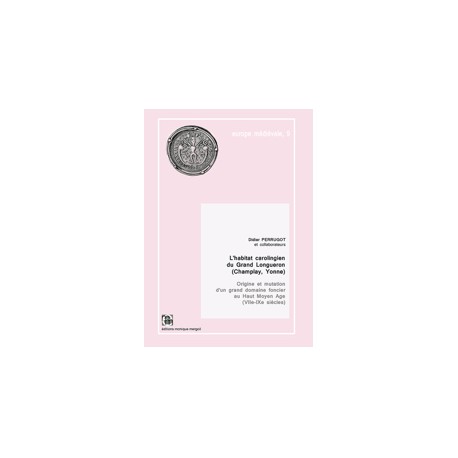 View larger
View larger L'habitat carolingien du Grand Longueron (Champlay, Yonne).
EM-09
New
Didier PERRUGOT (et coll.) L'habitat carolingien du Grand Longueron (Champlay, Yonne).Origine et mutation d'un grand domaine foncier au Haut Moyen Age (VIIe-IXe siècles) (Préface de P. Périn), 2008, 238 p., 120 p. 120 fig. (ISBN: 978-2-35518-003-3)
Le Grand Longueron, a hamlet in the district of Champlay (Yonne), is the site of a Carolingian settlement dating to the VIII-IXth centuries. This farm situated in the Yonne Valley was excavated from 1978 to 1981. The study of soil samples suggests a number of scientific contributions (dendrochronology, carpology, anthracology, osteology, study of water-swollen wood, C14 analysis, …). It also makes references to historical facts given by historical archives and underlines global warming at a local level in the years 800 - 900.
More info
A large part of this book deals with historical interpretation which tries among others to piece together everyday life on a Carolingian farm, giving as many details as possible, using an ethno-archeological type process. All the same the interpretation goes further as it puts the settlement back in its socio-economic context and within a huge agricultural estate based in Champlay : a villa of an important land owner.
It also proves in a convincing way the creation of the settlement during a regional rise in temperature which led to an increase in the amount of land cultivated, hence agricultural production. Therefore, Grand Longueron holds a specific place among the current archaeological problems concerning rural settlements in the early middle ages in the northern part of France. As many others, this settlement was no doubt created in a new place, at the beginning of the Carolingian period, thus giving evidence of both an economic and demographic pressure. But contrary to many other settlements abandoned between the IXth and XIth century, this one was the origin of the medieval hamlet, the current heir of which is Grand Longueron. The result of this huge enquiry is the publication of an almost encyclopedic archeological and scientific work: 238 written pages, 120 illustrations, among which 48 plates, and more than 800 descriptions of excavated objects.
